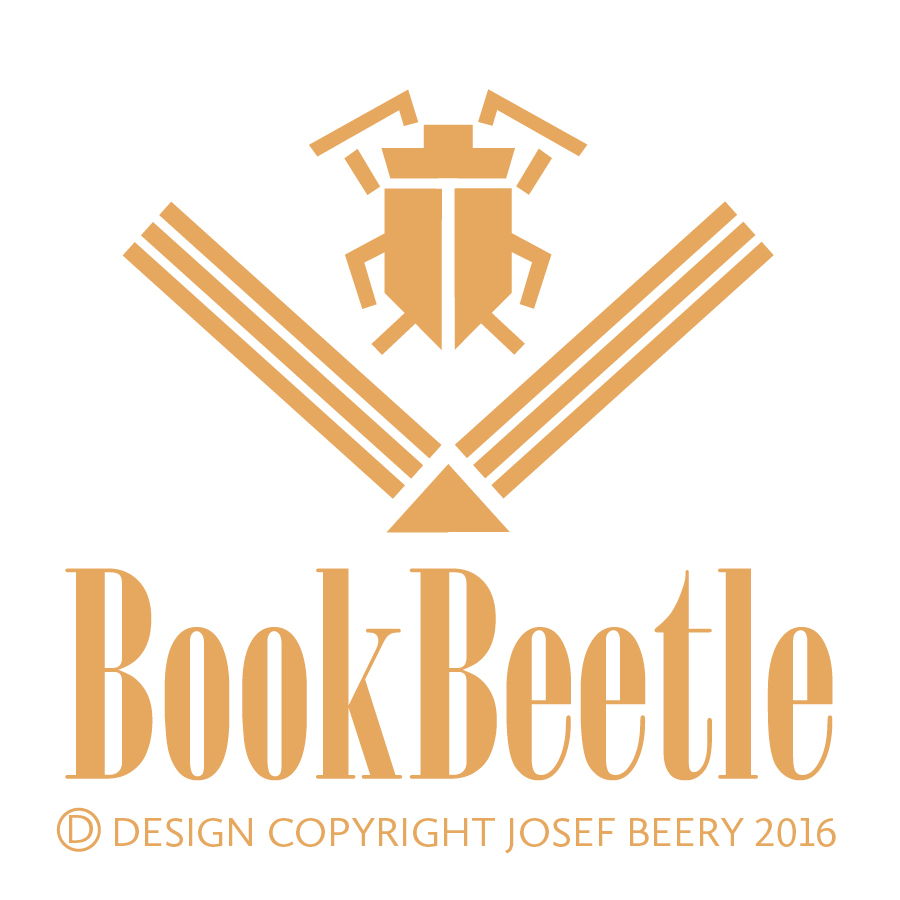THE BOOKBEETLE PRESS
A New Letterpress
I have been fascinated with letterpress printing since my days in college at the University of Virginia when I met librarian Clint Sisson. He was in the process of measuring and documenting the Franklin press at the Smithsonian Institution. He would go on to build a replica of this press and write a book about it for David Godine, Publishers. Today, after studying with Steve Miller at Penland School in the 1990s and then cofounding a Book Arts Center in Virginia and learning everything I could from bookartist Johanna Drucker, I give demonstrations on the operation of that Franklin press at the University of Virginia's Rare Book School. After receiving a number of requests to take this demonstration on the road, I conceived of a small, portable letterpress. The press is built of solid maple and birch plywood with a one and one-eighth inch steel screw. It uses a sliding bed or “coffin" assembly which consists of a wooden chase (solid or with a seven by ten inch opening) with a tympan for hanging the paper and a frisket to protect the non printing areas of the sheet. The platen is operated by the screw and presses the paper firmly and evenly against the hand-inked type or block. The result is simply beautiful printing! – Josef Beery
Based on the Original Common Press
Designed originally for demonstrating the parts of the common press and their function, the BookBeetle is actually a delightful press for use for printmaking and book arts. It is small with a twelve by twelve inch base. The plank for sliding the coffin assembly is just twenty-four inches long. The entire press is only sixteen inches tall. It easily disassembles and packs flat for traveling or storage. The chase is nine by twelve inches and can print an eight and a half by eleven sheet with an image up to seven by ten inches. This allows the printing of a five and a half by eight and a half inch booklet with four pages of text.
Used with oil-based relief printing ink the work is comparable to that produced on much larger presses. The use of water-miscible oil-based inks turns the press into the perfect teaching tool for children's classrooms since the entire wooden chase with a photopolymer plate can be immersed in soap and water for wash up.


